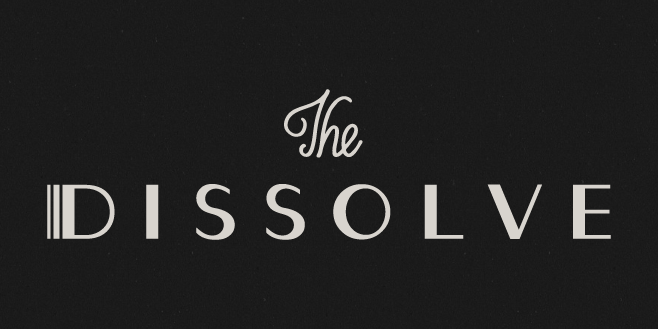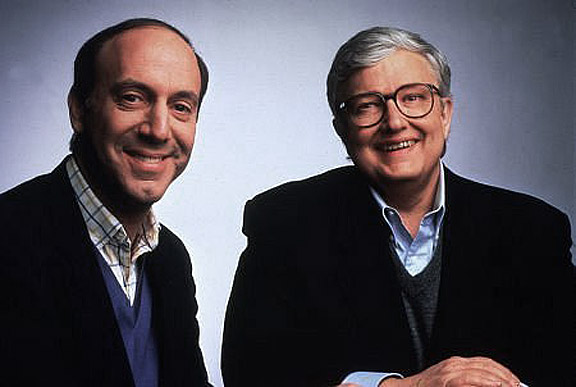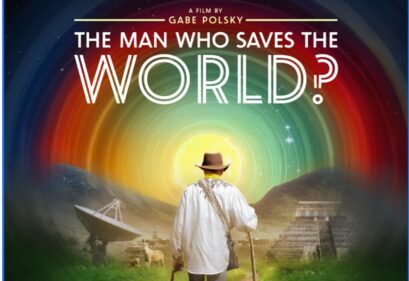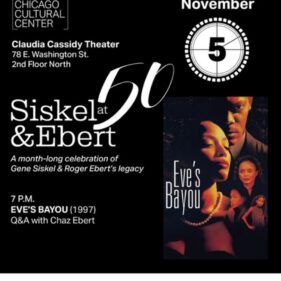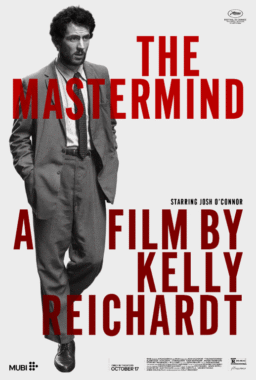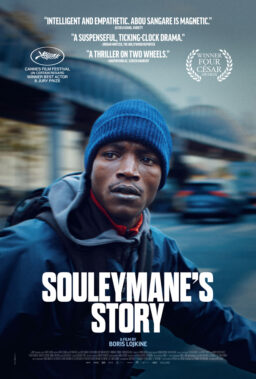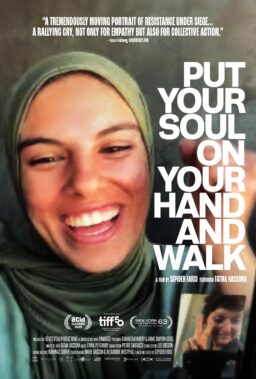We were shocked this morning to learn of the end of The Dissolve. For two years, the men and women of Pitchfork’s film site created a platform for film lovers everywhere to come and engage in passionate, intellectual conversation and analysis. The incredibly talented staff will certainly land on their feet, but we wanted to wish them safe travels as they move on to their next projects. The world of film will not be the same without their commentary on it. I’m proud to present these thoughts from editor Matt Zoller Seitz as a representation of the sentiments of our entire staff. — Chaz Ebert
There’s no silver lining in the news that The Dissolve is closing.
The Chicago-based film magazine, which started in the spring of 2013, announced its dissolution in a piece by its editor-in-chief, Keith Phipps. He cited the “various challenges inherent in
launching a freestanding website in a crowded publishing environment,
financial and otherwise.” The piece includes a paragraph linking to the Twitter accounts of the publication’s staff, presumably for condolences and freelancing offers, but more idealistically in hopes that somebody knows “a way we can continue to work together.”
Anybody who’s tried to make a go at supporting themselves through writing or editing or other journalism-related work—criticism especially—without a side gig that’s actually the “real” job, or partner or parent who pays most of the bills, can read between the lines. Staring at a blank page every day, or several times a day, and trying to fill it with words you’re proud of, on deadline, with few or no mistakes, and hopefully some wit and insight and humor, is hard enough when it’s the only thing you do. The days when it was the only thing writers did seem to recede a bit more by the week. It’s even harder to make a go at criticism in today’s digital media era, now that audiences expect creative work (music, movies and TV as well as critical writing) to be free, and advertisers still tend to equate page views with success. These factors and others guarantee that writer and editor pay will continue to hover a step or two above “exposure,” and that even the most widely read outlets won’t pay all that much. Most veteran freelancers will tell you that they earn half to a quarter of what they made in the 1990s, when newspapers and magazines were king. I make the same money now, not adjusted for inflation, with two journalism jobs and various freelancing gigs as I made in 1995 with one staff writing job at a daily newspaper.
That’s all a long way of saying that it’s a miracle that The Dissolve was able to publish so much memorable writing in such a short time span, on such a wide array of subjects, with the world allied against it, save for the people who enjoyed it and looked forward to each new post.
The publication staked its future to thoughtful but accessible criticism that was largely free of the banes of online film writing: press releases and publicity photos of spaceships and superhero costumes presented as news, so-called “hot takes” intended mainly to inflame readers, and phony populism intended to reassure fans of particular genres that they’re marvelous people who appreciate art and need not expand their horizons at all, except maybe to rent a Coen brothers movie once in awhile. The Dissolve rarely did any of that stuff. When it did, there was a gun-to-the-head feeling (“OK…If this is what you need“) or a splash of self-deprecating humor, and the pieces were filed under the “Newsreel” section, rather than letting them dominate the main page of the site in an endless feed of stuff you can’t escape anyway no matter how hard you try.
Mostly it was an example of the kind of big-tent criticism that some of the most enduring American movie critics, including Roger Ebert, Pauline Kael, Andrew Sarris and James Agee, practiced. Its editorial bread-and-butter was a mix of straight-up reviews, profiles, conversations and thinkpieces (which used to be called “essays” or “features”). The site wrote about new big movies, and nostalgic touchstones of a sort that thirty and forty-somethings can’t stop obsessing over. But it also found ways to draw readers’ attention to small American and international films they might not have heard of. It offered veteran writers a new platform and gave new writers their first professional bylines, and threw in attractive layout, proofreading and according-to-Hoyle editorial guidance to boot. The writing was mostly analytical and paid a lot of attention to form, which is still unusual at a time when too much pop culture writing relies on versions of “What X gets wrong about Y” and “Why A owes B an apology” and “What so-and-so doesn’t get about such-and-such.” Day after day, The Dissolve writers were not content merely to talk about what films said; they took the trouble to discuss how they said it. They talked about framing. They talked about editing. They talked about sound and color. They talked about what movies actually are.
The readers seemed to take their cues from the intelligence and reasonableness of the writers and editors: The Dissolve had one of the few comments sections that you could read regularly without wishing the asteroid would arrive sooner. Scan to any thread beneath any article and you were likely to see people discussing the article or review above, rather than preening about their moral and intellectual achievements, shoehorning in comments about Obama, or trying out stand-up material. Some of the comments were as lively and intelligent as the writing that inspired them. It was all quite remarkable.
When I look back on the site’s two-year run, I’m amazed by how many articles I recommended to other people and quoted in conversation. During its final week, The Dissolve ran a fantastic piece by Andreas Stoehr titled “Why Tangerine could be a turning point for transgender actors.” I recommended it on Twitter last night, having no idea of what was about to happen to the publication. Mike D’Angelo and Dissolve Editor Scott Tobias talked about the influence and continuing appeal of John Woo’s “The Killer,” citing it as a film that understood that in the post-“Die Hard” era, “the idea of style itself being a primary attraction was new,” and that audiences were ready for a shoot-’em-up that made “unapologetic use of melodrama.” Keith Phipps and Tasha Robinson also recently published a great conversation about Sofia Coppola’s first movie “The Virgin Suicides,” with Tobias describing the Lisbon girls of the title as “an embodiment of the way things vanish.” Then there was Robinson’s piece on how dystopia is nearly always the mode of science fiction; Sam Adams comparing “Mad Men” and “Two-Lane Blacktop”; Judy Berman on what the Dogme 95 movement did for women directors; Andrew Lapin on the comprehensiblity of foreign language films watched without subtitles; Charles Bramesco on Kanye West as a filmmaker; Noel Murray on Frank Tashlin’s roots in animation.
And that’s just a selection from the last few months. There are so many more notable pieces that I could list here, but instead I’ll recommend exploring the site, which I hope Pitchfork will leave up as an archive. Start with the “Essentials” page, which is exactly what it sounds like it is.
Having cited so much good stuff, I’m tempted to amend my statement at the top of this piece, and say that the body of work is itself the silver lining. But no. This is terrible news. Just terrible.

